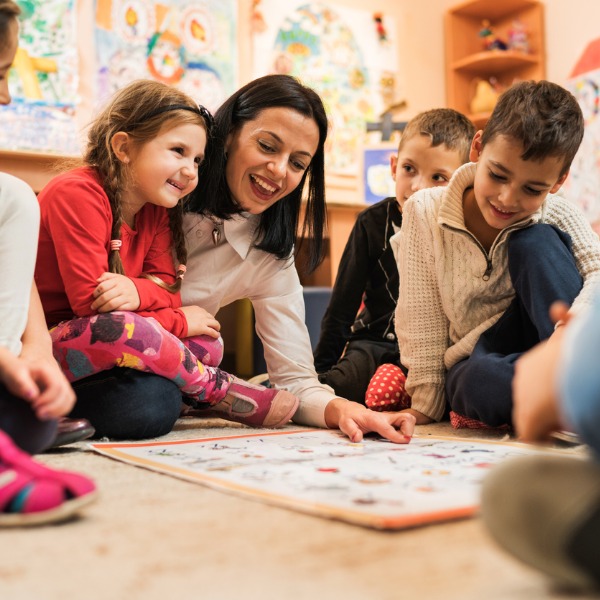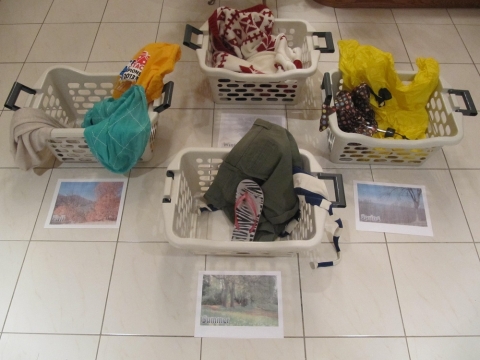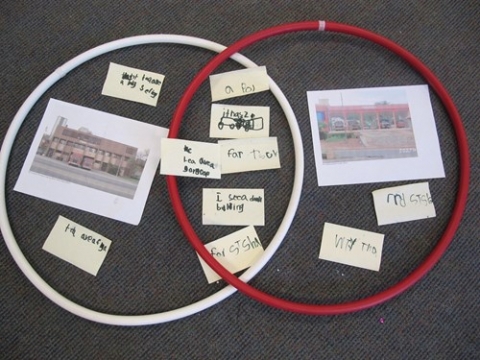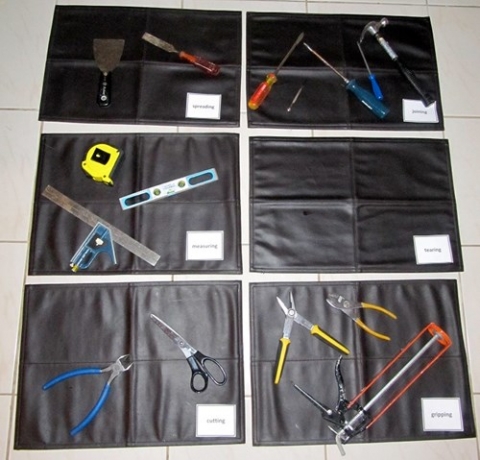Sorting Mats

Sorting Mats (BraunS, iStockphoto)

Sorting Mats (BraunS, iStockphoto)
How does this align with my curriculum?
PE
9
Science Grade 9 (revised 2018)
Decisions and Perspectives
PE
10
Science 421A (2019)
Decisions and Perspectives
PE
12
Chemistry 621A (draft 2021)
Decisions and Perspectives DP1
PE
11
Chemistry 521A (draft 2021)
Decisions and Perspectives DP1
This strategy helps students develop critical thinking skills as they sort, organize and classify things in different ways.
Why use it?
- To support students with identifying similarities and differences between and among data, information and/or objects.
- To provide students with tools to record the ways in which they sort, classify and/or organize data, information and/ or objects.
- To accommodate students who are visual as well as tactile learners.
Tips for success
- Initially, this strategy works well with concrete objects. As students become more adept, ideas and information can be written on sticky notes for sorting/classifying/organizing.
- Choose data, information and/or objects that can be sorted/classified and/or organized in a variety of ways.
- Model each new Sorting Mat organizer with students.
- Students should be allowed to determine which of the different Sorting Mat organizers is best for each sorting experience.
How do I use it?
- Introduce this strategy by asking students how they might record a simple sort that they have done (e.g., sorting a bin of fasteners) and then modelling a strategy such as a T-Chart.
- Ask students to determine where to place the data, information and/or objects on an organizer (e.g., “Based on how you sorted the fasteners, which ones do you think might go in the middle space of the Venn diagram?”).
- Ask students to identify the similarities and differences of the resulting groupings.
- Provide students with multiple and varied opportunities to sort, classify and/or organize data, information and/or objects in their inquiries.
- Ask students to explain their sorting rules (e.g., ask if an item of your choosing could be part of their sort, and if not, why not).
Variations/Extensions
- Students should be encouraged to develop their own ways to organize data, information and/or objects.
Related Skills
References
Koechlin, C., & Zwaan, S. (2001). Info tasks for successful learning: building skills in reading, writing and research. Pembroke.


